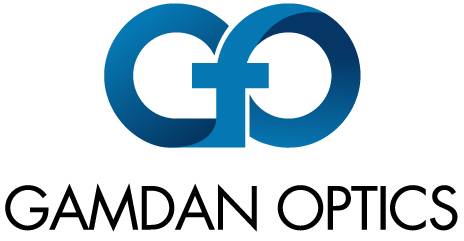Suppose we send two beams of light, each with a different unique color, through a transparent crystal. The light in each beam can also have different polarizations. Furthermore, suppose that these two beams are incident upon the crystal at the same location and going in the exact same direction. Once in the crystal, will they continue to go in the same direction—equivalently, are they still angularly aligned? In this article, we will take a closer look into dispersion and walkoff and why it matters.
Read MoreGAMDAN’s proprietary UV-grade superpolishing process (having achieved record setting Laser Induced Damage Threshold (LIDT)), and high LIDT coatings enable you to get the most out of your laser design, whether you generate doubled or tripled frequency light.
Read MoreAn interferometer is a device to make precise measurements using light. Modern interferometers often use laser light because the light is generally a discrete wavelength and the light beam can readily be collimated or expanded. The name is derived from utilizing the characteristic property of the wave-like nature of light to combine a light beam with another, or often with itself, to cause subtraction or addition to the intensity at a point (interference) measured (metered) by the instrument.
Read MoreIn the most general terms, laser induced damage is any undesirable degradation of the coating, surface, or bulk material which causes a loss of function, generally to an optical element, and results from exposure to a laser beam. Laser damage, on the other hand, is what happens when you drop your laser or leave it out in the rain. But "laser damage" is often verbal shorthand for laser induced damage. We will stick with the more precise term here.
Read MoreBeta Barium Borate is an exceptional nonlinear crystal. Its chemical formula is BaB₂O₄. BBO is a negative uniaxial crystal, which is capable of phase matching for second-order photonic interactions over almost its entire transparency range (from the UV, 185 nm to the Near Infrared, 3.5 µm).
Read MoreGAMDAN uses the highest quality hydrothermally grown KTP. It is characterized by low absorption, and resistance to gray tracking (photochromic damage) in high power applications. There is a much cheaper form of KTP which is not suited for high energy lasers. It is grown by the flux method. If you have a green laser pointer in your pocket, it most likely has a chip of flux grown KTP. Find out more about GAMDAN’s KTP offerings and why we have the most superior KTP available for your applications.
Read MoreLithium Triborate, LiB3O5, or LBO-- all the same to me, but let's be friends, just call me LBO. I am an outstanding crystal for non-linear optics, the best of my type. But why am I special, so special? It probably has something to do with the lithium.
Read MoreThis has been an unprecedented time in history! COVID-19 has been effecting many businesses and communities world-wide as some areas have mandatory quarantines and shut-downs. During this time, we wish you a wonderful time spent with your loved ones. We want to assure you that during this time we we will continue to deliver on our commitments we have made to all our customers.
Read More








